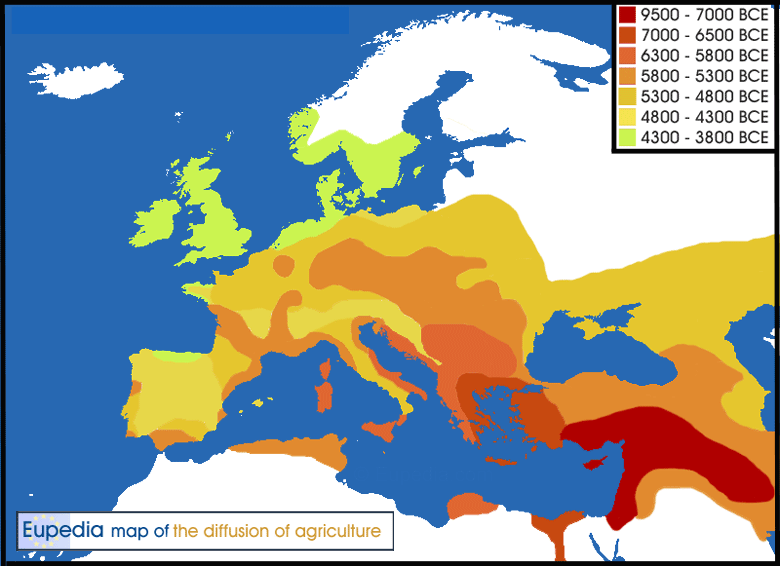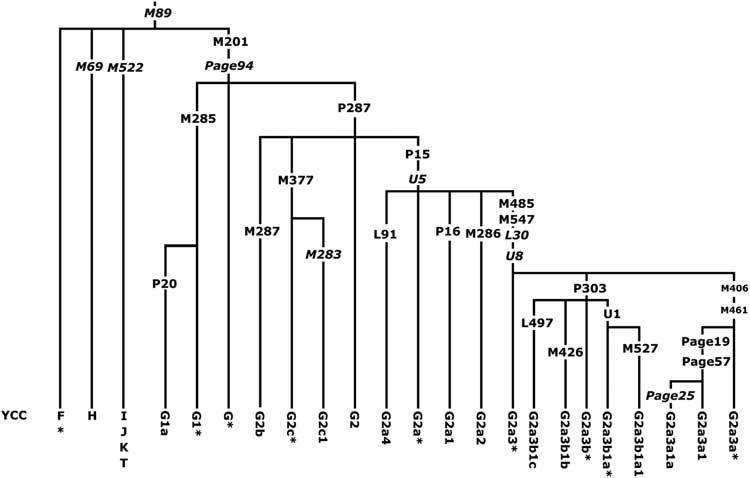Angela
Elite member
- Messages
- 21,823
- Reaction score
- 12,329
- Points
- 113
- Ethnic group
- Italian
This is now the second study in a row that confirms R1b-U152 to be ~10% in Sardinia;
Boattini et al 2013 [82 samples] = 9.7% R1b-U152
http://www.plosone.org/article/info:doi/10.1371/journal.pone.0065441
Francalacci et al 2013 [1200 samples] = 10.7% R1b-U152
(current study)
Needless to say that only the Roman times and the Medieval times can be the source for this
substantial (every tenth Sardinian) amount of R1b-U152 in Sardinia;
I think the main source however; is def. the Medieval times;
David Abulafia - The New Cambridge Medieval History: Vol.V (1999)
As has been seen, Castel di Castro or Cagliari was founded by the Pisans in 1217, with imposing fortifications; and, even though settlement by Sards was prohibited, it rapidly grew to contain a population of several thousand (between 7,000 and 10,000 at the end of the thirteenth century).....In the same judgeship, in the south-west of Sardinia, Count Ugolino founded around 1250 the city of Iglesias, which was to grow within a couple of generations to a population not far below 10,000.....Another town which experienced growth was the reborn centre at Olbia, on the north-east coast of Sardinia; Civita or Terranova was described in a Pisan document as a quasi civitas.....This urbanisation was rendered possible by the emigration from the mainland, especially from Pisa and its contado;
Pisa and Genoa conquered Sardinia in 1016; The Pisans were greatly crippled by the Genoese at the Battle of Meloria (1284) and 40 years later lost control over Sardinia; Thats over 300 years with massive urbanisation (Tuscan migrations) across the 13th cen.
So in terms of R1b-U152
- what the medieval Lombards are for Sicily the medieval Tuscans are for Sardinia;
NW Italy (medieval Lombardy) = 32.2% R1b-U152 [161 samples] - Boattini et al 2013
Tuscany = 37.4% R1b-U152 [123 samples] - Boattini et al 2013
If the Francalacci study gave geographical coordinates for their samples, and a lot of the U-152 was from, say, that southern coastal area around Cagliari, it would tie it up nicely.
It would have been interesting to see, also, if a lot of that U-152 was from the northern coast where they speak the Corsican dialect. (Gallurese) Corsican is, of course, usually considered closest to Tuscan, although since Corsica was ruled for so long by Genova, there is some Ligurian influence as well. One thing that could be done, perhaps, would be to check the snps for U-152 in Corsica versus those in Sardegna.
It would also have been nice to see what the y dna is like in Alghero, where they still speak Catalan, especially since the historical records say that the natives (some mixture of Sardi, Liguri, Toschi) were expelled.
http://en.wikipedia.org/wiki/File:Sardinia_Language_Map.png





